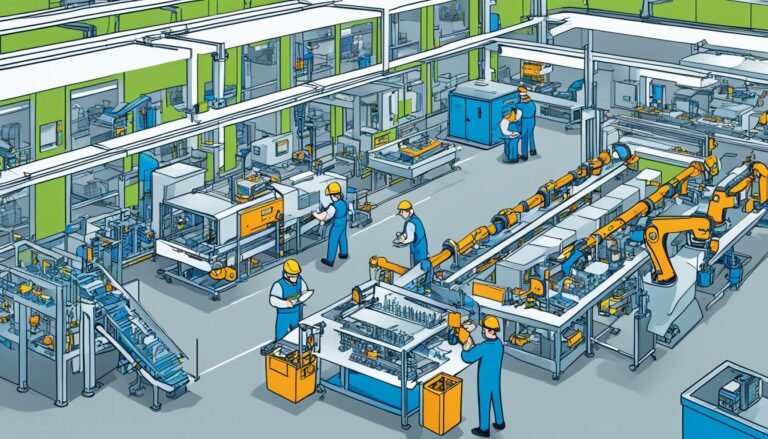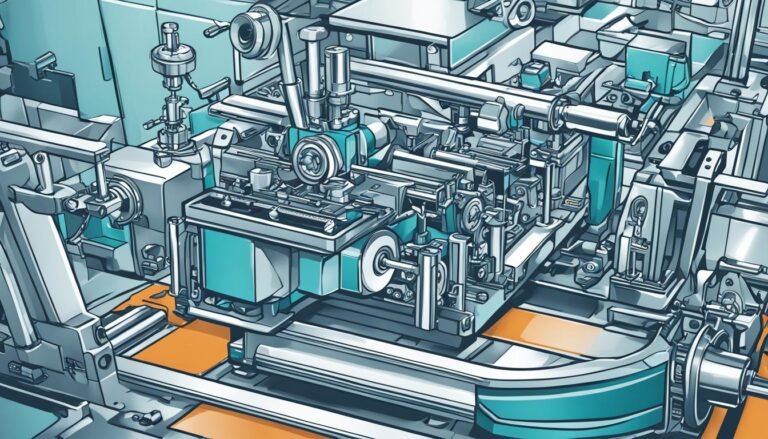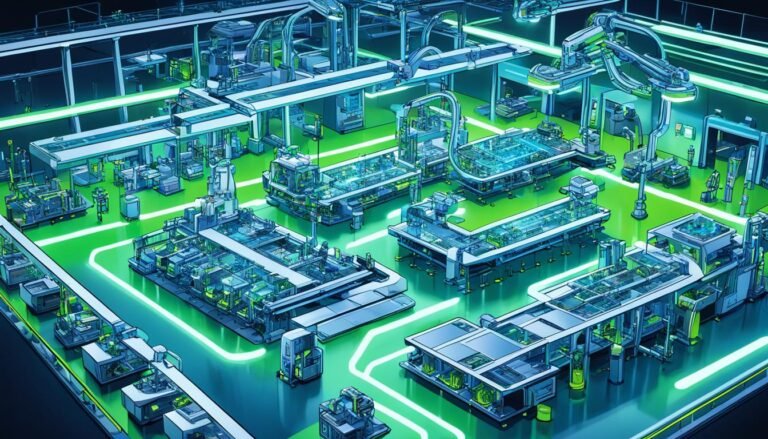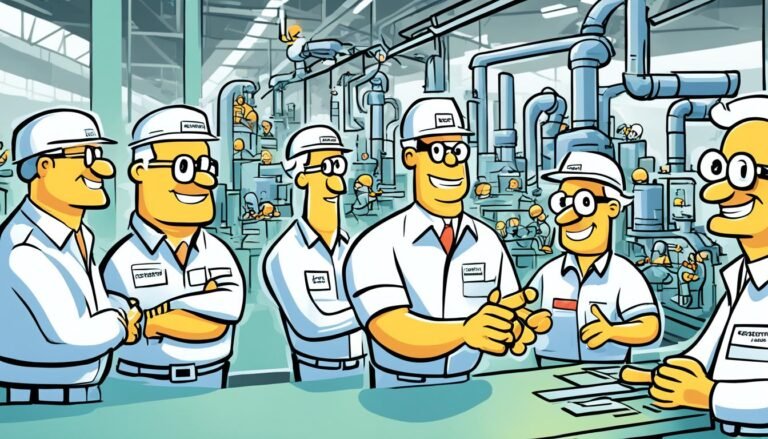A Windows Manufacturer’s Guide to Sustainable Business
As the world transforms into a more and more conscious market, the quest for sustainable business practices ceases to be a niche concern, it emerges as a fundamental imperative. For a windows manufacturing company, this signifies an inclination towards green production, resource efficiency, and sustainability.
The article explores some of the critical approaches to building a sustainable business within the window manufacturing sector-being strategies from practices that at some point would minimize the environment’s footprint to maximization of long-term success.
The necessary foundation for sustenance in windows manufacturing is responsible sourcing of raw materials. Such suppliers should include those using raw materials from sustainably managed forests, raw materials with recycling trace and minimized carbon footprint.
It requires due diligence to determine whether the materials are being sourced ethically and by responsible means. They also should focus on low-impact alternative materials, such as sustainably harvested wood, recycled aluminum, and energy-efficient glass.
Another critical item falls under energy efficiency in sustainable manufacturing. Here, the deployment of energy-conserving technologies and practices throughout the production process may significantly reduce energy consumed and greenhouse gases released by manufacturing.
The term includes optimizing production processes, energy-efficient machine equipment, and installation of renewable sources that may be part of the production process.
Waste minimization and recycling become an integral part of an otherwise sustainable business model. This could involve generating as little waste as possible in production processes and applying materials efficiently.
The establishment of grass-roots recycling programs for scrap materials and waste paper packaging further reduces environmental impact. Closed-loop manufacturing, where waste materials are made into new products, can create a circular economy and minimize resource depletion.
Product design is very critical in sustainability. It can very much reduce the environmental impact perceived during their lifecycle by efficient, long-lasting, and recyclable window design.
For example, by designing windows that are super insulated and filled with low-E coatings, argon or krypton gas fills, and thermally efficient frames, it is possible to greatly enhance their energy performance and, thus, reduce heating and cooling costs.
Sustainable packaging would be another thing for consideration. This would include the selection of recyclable or biodegradable packaging materials to minimize waste and environmental footprint. Manufacturers should also consider reducing packaging as an option, such as bulk shipments and reusable containers.
Transparency and accountability form the foundation of trust with customers and stakeholders. Clear and concise reporting of the company’s sustainability initiatives and progress will demonstrate a commitment toward environmental responsibility.
Manufacturers ought to seek third-party certifications similar to LEED or Cradle to Cradle as an effort to cement their sustainability claims.
Relationship building with local communities is another critical pillar of sustainability in business. Manufacturers should engage community members, support local initiatives, and otherwise have less impact on the environment surrounding them.
Noise and air emissions should be reduced significantly, water consumption minimized, and local ecosystems should also be safeguarded.
Investing in training and skills development for employees is of necessity for building a sustainable workforce. Awareness to most employees of sustainable practices with opportunities for professional development and a safe and healthy environment is likely to enhance employee engagement and retention.
For companies looking to broaden their market, this is understanding what different regions need. For example, a Vaughan windows manufacturer should consider the specifics of the climate for that region and building codes within that region when designing or manufacturing its products.
Such localized knowledge about weather patterns and building requirements creates much more sustainable and effective products.
The reality is that embracing innovation is a key part of being competitive in the windows-making industry. Selecting investment in research and development for the purposes of developing new sustainable materials, innovative sustainability practices in manufacturing processes, or product designs will support this agenda.
A long-term perspective is essential for making a sustainable business. The inclusive development of a sustainability strategy should be a composite effort complex enough to specify goals, targets, and action plans embraced by the company as part of the overall business plan. Such document should continuously be reviewed and updated.
After all, building a sustainable window-making business requires a whole-systems approach that integrates environment, social, and economic concerns. By making responsible sourcing, energy-efficient use, waste reduction, and innovative product design the driving principles for a manufacturer, the resultant business is profitable yet environmentally responsible.







